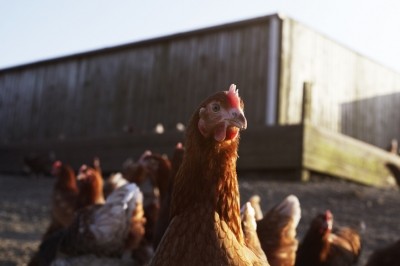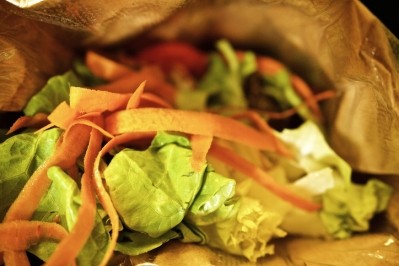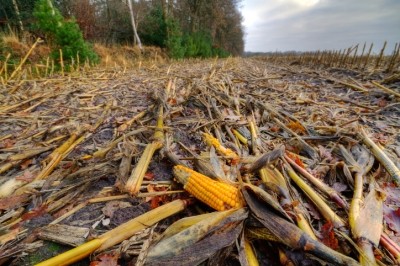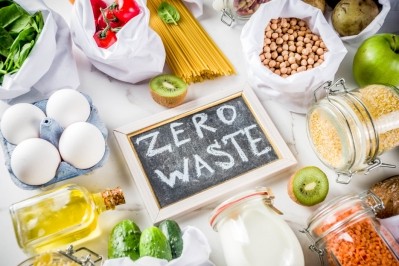Date marking: Time for a review?

In February 2018, the European Commission (EC) released a study investigating the relationship between date marking on food labels and food waste to highlight the best actions it can take to help mitigate food waste. The main focus was both to assess how date labeling practices are used by food businesses and authorities, and how they are interpreted by consumers. The Commission wanted to see how they may potentially contribute to food waste.
In accordance with European FIC Regulation (article 24 and annex X), most packaged foods in the EU display either a mandatory ‘use by’ date to indicate whether the date represents a safety threshold, while the others bare a more flexible ‘best before’ to indicate the date after which quality would likely be diminished, depending on the length of the product’s shelf life. It is up to the manufacturers to use the best marking. Producers of products with longer shelf lives tend to use ‘best before’, whereas manufacturers of foods with shorter shelf lives and microbiological stability concerns often choose to employ ‘use by’ dates based on food safety factors.
The problem is that many consumers do not know how to interpret these dates and. consequently, this lack of understanding can lead to the disposal of products still fit for consumption.
The EC study underlined that about 10% of the 88 million tons of food waste generated by the EU annually is linked to date marking. To combat this unnecessary driver of food waste, the European Commission announced in May 2020 a possible revision of the rules governing date marking within its farm to fork strategy, the European Union’s flagship initiative for a more sustainable, healthy and fair food system. The Commission also suggested a proposed EU-wide targets for food waste reduction.
The Commission is also looking more broadly at proposals to revise front-of-pack nutrition labelling, one of the most compelling initiatives within the F2F package. This initiative - expected for the end of 2022, but presumably postponed to Q2 of 2023 - will attempt both to harmonise the fragmented national front of pack nutrition labelling and to revise the rules on date marking. Based on an impact study, three gradual options (and a usual “no action” option) are on the agenda.
To date, no indication has been given of the option the Commission will finally choose. But it seems politically desirable to revise the current rules, at least to improve consumer understanding of date labelling such as ‘use by’ as an indicator of safety and ‘best before’ as an indicator of quality.
Of interest, more and more companies have developed new systems to check, for instance, the freshness of food. It would be a shame that these innovative date marking tools, which will undoubtedly help tackle wood waste, are slowed by too restrictive rules.


















